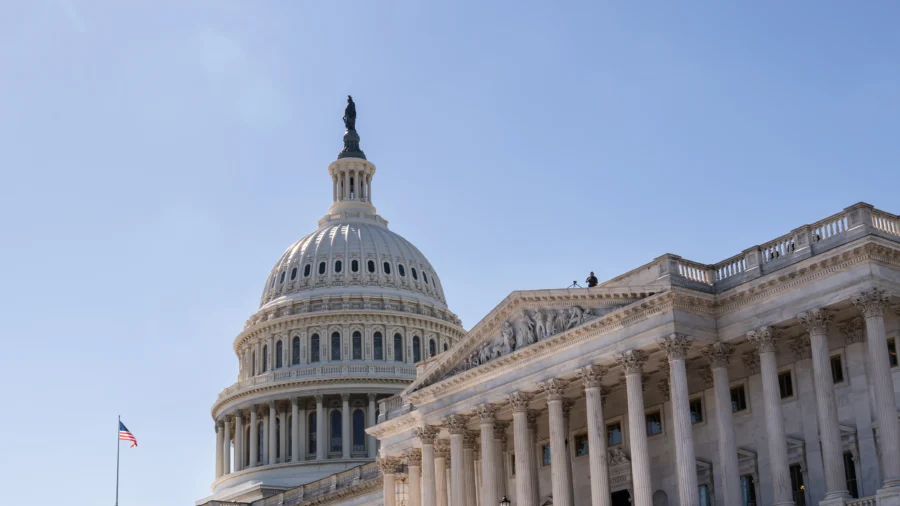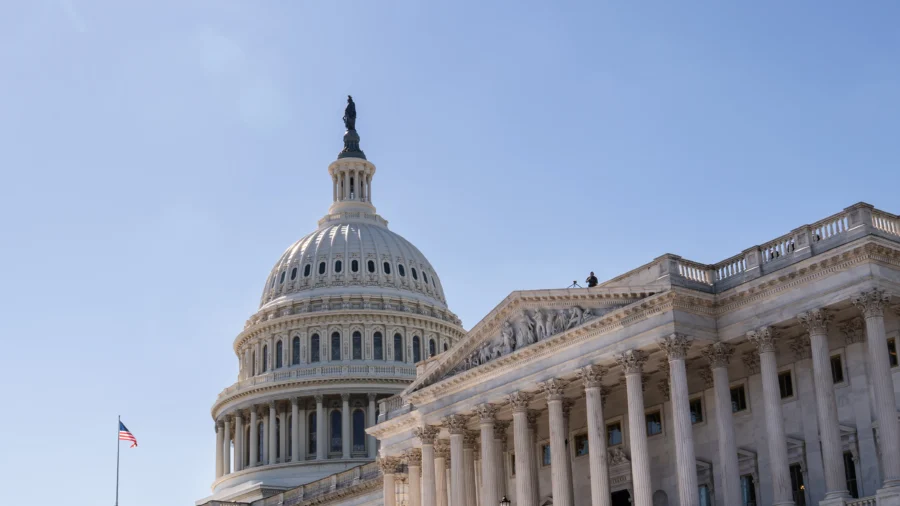
The bill passed the Senate by a vote of 70 yeas to 20 nays, an unusual moment of agreement between the two parties amid an ongoing partisan standoff that has shut the government since Oct. 1. The bill has usually commanded large bipartisan support when introduced on the floor.
Passage of the bill had previously been held up as Democrats sought an amendment process in order to thwart some recent actions of the Trump administration.
These amendments involve repealing the 2002 Authorization for the Use of Military Force against Iraq, which was used by President George W. Bush to conduct the Iraq War; banning the National Guard of various jurisdictions from assisting federal law enforcement, as President Donald Trump has done in Washington, D.C., over Democratic objections; and prohibiting the U.S. Air Force from customizing a Boeing 747-8 jet gifted by the State of Qatar for use as Air Force One, as Trump has sought to do.
Each of these amendments failed on the floor, as they require 60 votes to be considered, and Democrats have only 47 members in the body. Some Republicans, such as Sen. Rand Paul (R-Ky.)—a libertarian who is generally critical of war powers—voted with Democrats, but did not bring the amendments close to passage. Separately, a “manager’s amendment” with 50 uncontroversial changes to the bill was passed before the final bill.
Apart from overall authorization, the bill includes several reforms to national defense. It extends an initiative for U.S. support for Ukraine during its war against Russia until 2028, authorizes another $500 million for that program, and requires the United States to provide intelligence support to Ukraine. The bill also authorizes a 3.8 percent pay increase for military service members, the purchase of five Columbia-class nuclear ballistic missile submarines and 15 landing ships to bring Marines to war zones from the sea, and the purchase of 34 more F-35A fighter jets.
The bill does not include provisions to formally rename the Department of Defense to the “Department of War,” as the president has sought to do by executive order. Only Congress may change the legal name of the department.


